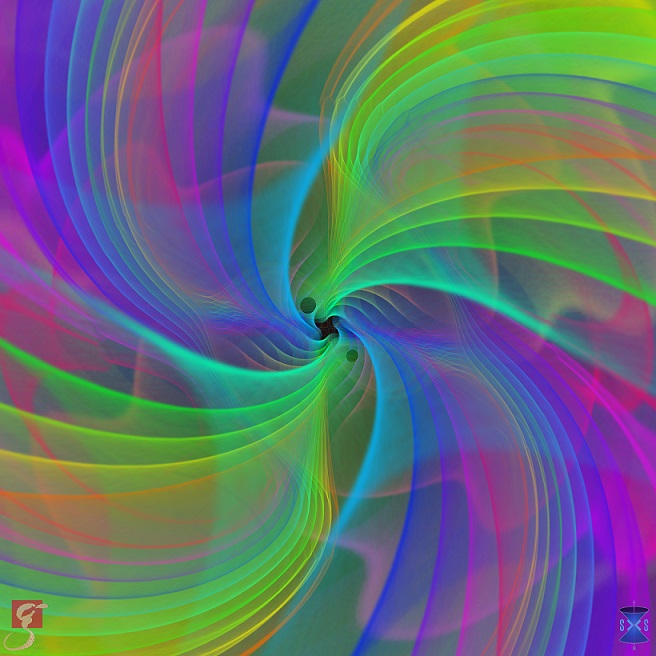Information on individual research areas at our faculty can be found on the pages of the relevant Institutes
An overview of the different research areas can be gained from our faculty handbook
Gravitational Waves Demonstrated
The first observation of two merging black holes by LIGO
For the first time, scientists have observed ripples of space-time, called gravitational waves, which - triggered by a major event in the distant universe - reached the earth. This observation confirms an important prediction of the general relativity theory formulated by Albert Einstein in 1915. At the same time it opens a completely new window to the cosmos.















